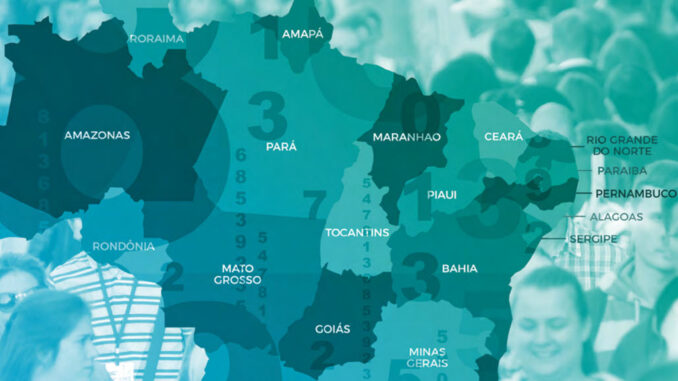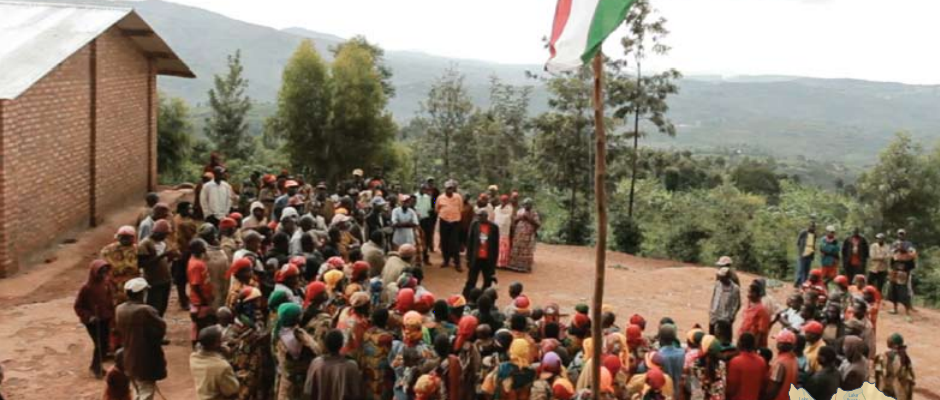
An ideal intergovernmental fiscal transfer system should consider–to the greatest possible extent–existing disparities in expenditure needs and fiscal capacity across subnational governments and allocate funds in a manner that equalizes local governments’ ability to provide services, without discouraging own revenue mobilization. In reality, however, institutional and political economy considerations often interfere with the design of intergovernmental fiscal transfer systems.
This is likely to hold true in Brazil, a federation that makes intensive use of intergovernmental transfers. Yet, the current transfer system is relatively inflexible, procyclical, and only partially redistributive. There are many transfer mechanisms in place, with different objectives, rules, and criteria, including general-purpose transfers, to support general expenditure needs without specific uses; specific-purpose transfers, to provide incentives for subnational governments to carry out specific functions; and conditional transfers, generally linked to concrete purposes, including financing capital projects or specific government programs.
A recent report published by the World Bank (December 2022) provides an analysis of the Brazilian intergovernmental fiscal transfer system, and presents reform options for the State Participation Fund (Fundo de Participação dos Estados e do Distrito Federal, or FPE).
The current framework for the distribution of FPE resources dates back to the 1960s, with only minor modifications.
Brazil’s 1966 National Tax Code (Law 5172/1966) established the apportionment rule for the distribution of funds, with 5 percent being distributed according to state size, and 95 percent according to a composite score based on states’ population share and GDP per capita. Since then, the distribution methodology has changed very little. The current FPE distribution favors states in the middle of the income ranking rather than poorer states. The high variation in per capita FPE transfers is a consequence of the fact that the system-designed nearly 60 years ago-used a piecewise function to determine resource allocation, which has discontinuities and disproportionally benefits states with smaller populations.
Subsequent laws redefined the coefficients to be used for the distribution of FPE funds.
Under Complementary Law 62 of 1989, 85 percent of all FPE funds were earmarked for poorer states in the North, Northeast and Midwest regions, while the remaining 15 percent went to richer states in the South and Southeast-with the objective of equalizing access to basic services across all states. Although Law 62 was supposed to be temporary and expected to be updated following the 1990 census (which actually took place in 1991), no new legislation defining the FPE allocation methodology was voted in Congress until the Supreme Federal Court (Supremo Tribunal Federal, or STF, in the Portuguese acronym) intervened in 2010, and declared Law 62/1989 as unconstitutional.
In 2013, Complementary Law 143/2013 was approved to remedy the weaknesses of Law 62/1989. However, the revised FPE allocation established by Law 143/2013 only resulted in marginal changes in FPE distribution. This new law came into force in 2016, establishing a hybrid transition from old to new FPE allocation criteria. If the total pool of FPE funds was smaller than that of 2015 (adjusted by inflation and GDP growth), states would have the same share as laid out in the previous law (Law 62). If the pool of funds was larger than in 2015 (adjusted by inflation and GDP), then all states would get the adjusted 2015 value plus an extra. In the current context of low economic growth, the transition to the new criteria has been much slower than originally expected, and allocation is still skewed in favor of the North, Northeast, and Midwest regions. Furthermore, there is no clear timeframe for the completion of the transition to the new methodology. As a consequence, some states have appealed to the Supreme Federal Court to assess the constitutionality of Law 143.
The Brazilian government has decided to review its options for reforming its intergovernmental transfer system, with a focus on the State Participation Fund.
Government authorities have requested support from the World Bank to analyze the current system and present some reform options based on international best practices. The resulting World Bank report aims to contribute to the debate about a potential reform of the FPE distribution system by providing a flexible reform framework with illustrative scenarios for how it could be implemented. The report discusses different methodologies to estimate expenditure needs and fiscal capacity and presents three different simulations to establish states’ fiscal gaps, and calculates the size of the equalization grant under each scenario.
The simulation results demonstrate that the proposed system is more equitable under all scenarios analyzed
In each scenario proposed by the authors, the distribution of resources follows a more equalizing pattern, with poorer states generally receiving higher per capita transfers than relatively richer ones. While in none of the scenarios the distribution is perfectly equalizing, they all represent a clear improvement from the current allocation of resources under the FPE. More importantly, since the FPE is the largest of the federal transfers to states in Brazil, any change in the FPE distribution pattern will also change the pattern of the whole system of intergovernmental transfers to states.
The full report is available from the World Bank:
Kjetil Hansen. 2022. Brazil – Diagnostic and Reform Options for the System of Intergovernmental Fiscal Transfers to Brazilian States (English). Washington, D.C. : World Bank Group.



